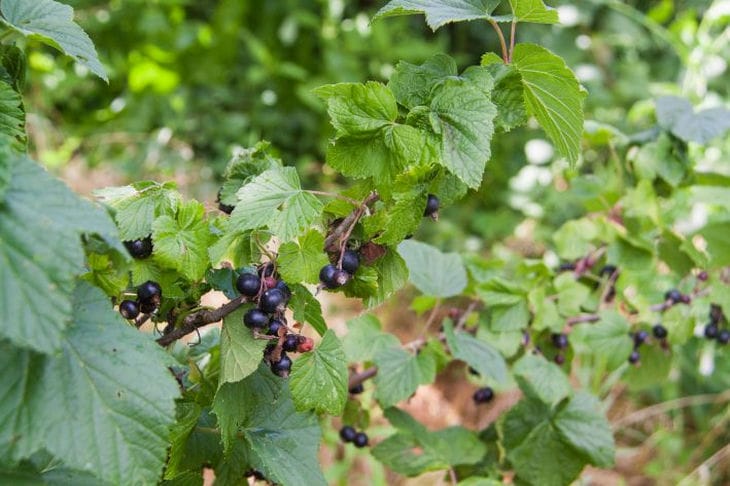Why currants need soda: secrets of a rich harvest
Every gardener dreams of currant bushes covered with large, juicy berries. But sometimes, despite all efforts, the harvest is disappointing.
The berries are small, the bushes are affected by diseases, and pests give no rest.
What is the secret of abundant fruiting? It turns out that ordinary baking soda can become a real salvation for your currants, says Anastasia Kovrizhnykh .
Soda as a fertilizer: myth or reality
Many gardeners are wary of using soda as a fertilizer. After all, soda is an alkali, and currants prefer acidic soil. However, practice shows that moderate use of soda brings tangible benefits.
Soda, or sodium bicarbonate, has the property of neutralizing acidity. In small quantities, it will not harm currants, but on the contrary, will help balance the pH of the soil.
Pest control

Powdery mildew, aphids, spider mites - these pests can cause significant damage to the currant crop. Soda is an effective and safe means of combating them. A soda solution creates an alkaline environment on the surface of the leaves, which is destructive to fungal spores and insects.
To prepare the solution, dilute 2 tablespoons of soda in 10 liters of water. Spray the currant bushes with the resulting solution, paying special attention to the underside of the leaves, where pests most often accumulate.
Disease prevention
Soda is not only a pest control agent, but also an effective preventative against fungal infections. Regular use of a soda solution to treat bushes helps prevent the development of powdery mildew and other common diseases.
It is important to remember that soda treatment is carried out in dry, windless weather, preferably in the evening. This will avoid burns on the leaves and ensure maximum penetration of the solution.
Baking soda to improve the taste of berries
The use of soda has a positive effect on the taste of berries. Due to the neutralization of soil acidity, berries become sweeter and more aromatic.
However, it is important to observe moderation. Excess soda can lead to an imbalance of nutrients in the soil and negatively affect the growth of bushes.
Recommendations for the use of soda
To achieve maximum effect, it is necessary to use soda correctly.
The concentration of the solution and the frequency of treatments depend on the goals you want to achieve.
To prevent diseases, it is enough to spray the bushes with a soda solution (2 tablespoons per 10 liters of water) once every two weeks.
To combat pests, the concentration of the solution can be increased to 4 tablespoons per 10 liters of water. The treatment is carried out until the pests disappear completely.
Alternative uses for baking soda
Soda can be used not only for spraying, but also for watering bushes. To do this, dilute 1 tablespoon of soda in 10 liters of water and water the bushes at the root.
Soda can also be added to compost, which promotes its rapid decomposition and enrichment with useful substances.
Precautionary measures
Despite the safety of soda, it is important to take precautions when working with it. Avoid contact with the solution on the skin and mucous membranes.
When spraying, use personal protective equipment: gloves, respirator, safety glasses.
Fertilizing currants with soda: pros and cons
The use of soda for feeding currants is a controversial issue. Some gardeners note the positive effect of soda on the growth and yield of bushes, others are skeptical about this method.
It is important to remember that soda is not a complete fertilizer and cannot replace complex mineral fertilizers.
The effect of soda on soil
When it gets into the soil, soda neutralizes acidity. This can be useful for currants,
preferring slightly acidic soil.
However, excessive use of baking soda can lead to an imbalance of nutrients in the soil.
Earlier we wrote about how to get rid of reeds once and for all.
